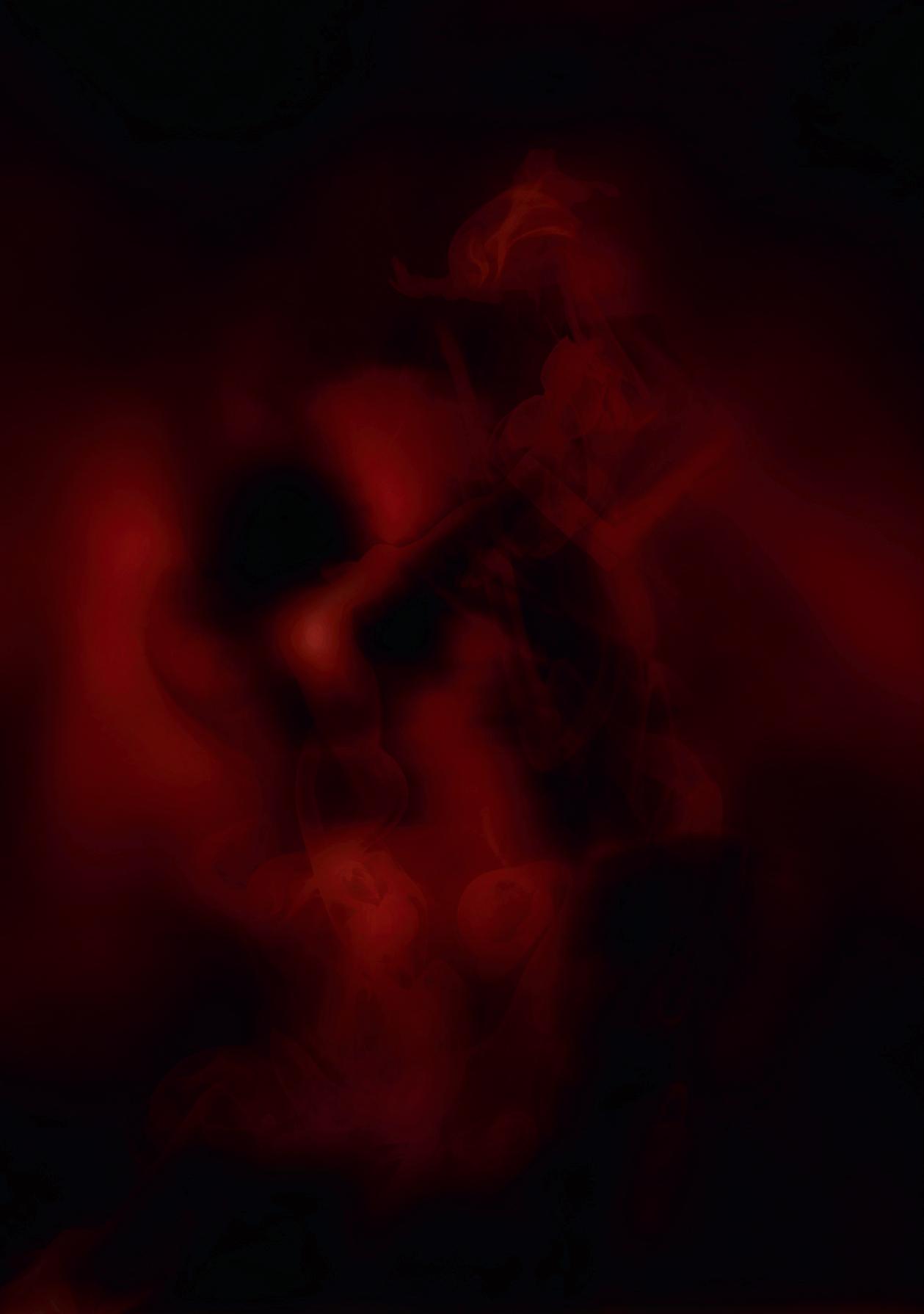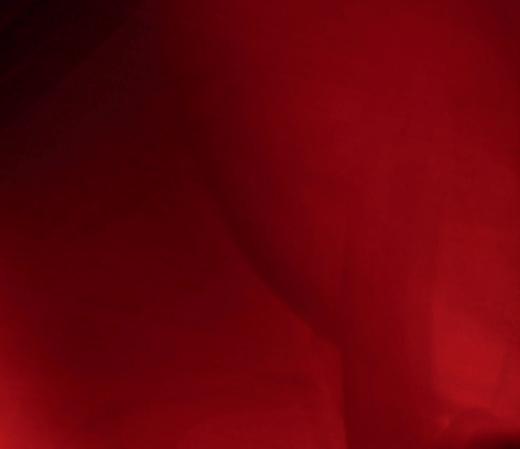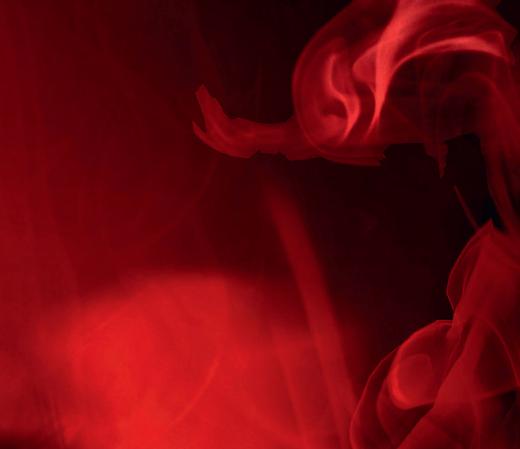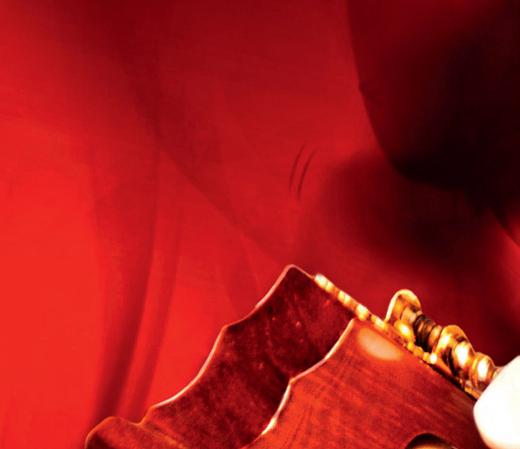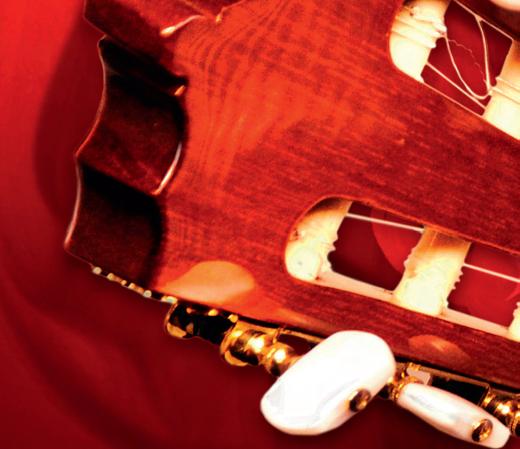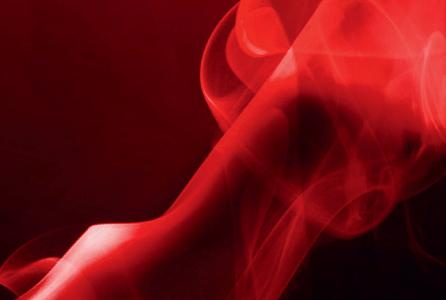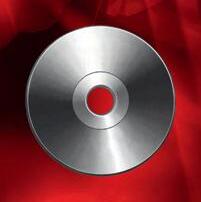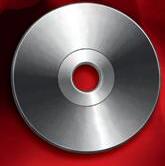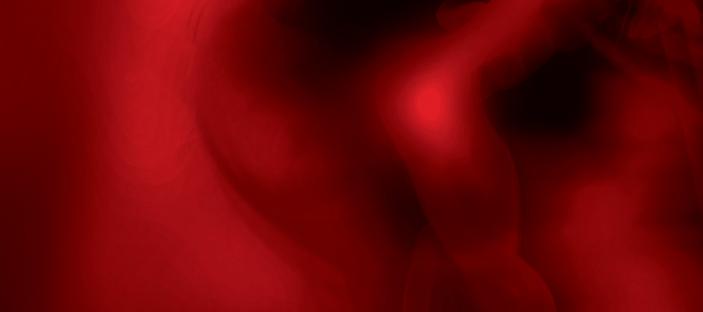onGuitar
Fotos M. Mattar und P. Ferrer: Damián Cortés
Coverdesign und Layout: Selina Peterson
Lektorat: Peter Autschbach
Produktion: Peter Finger
Das Notenbild ist urheberrechtlich geschützt und darf nicht ohne Genehmigung des Verlages vervielfältigt werden. Music engraving copyright protected.
© 2012 by Acoustic Music GmbH & Co. KG, Osnabrück
Order No.: FP 8143
ISBN 978-3-938679-87-6
ISMN 979-0-700307-43-1
FingerPrint / Acoustic Music GmbH & Co. KG
Jahnstraße 1a · 49080 Osnabrück Germany
Phone: +49-(0)541-71 00 20 · Fax: +49-(0)541-70 86 67
E-Mail: order@acoustic-music.de www.acoustic-music.de www.fingerprint-verlag.de
Vorwort • Prólogo • Prologue
Vorwort
Die Gitarre gehört zum Tango seit dessen Ursprung – mehr noch als das Klavier und das Bandoneon, die heute diesen Musikstil prägen, aber eigentlich später dazukamen. Mit der Entstehung der typischen Tango-Orchester hat die Gitarre ihre Hauptrolle teilweise verloren. Von nun an wird sie hauptsächlich in kleinen Tango-Formationen und zur Begleitung des Tango-Sängers verwendet.
Diese Situation änderte sich erst, als die Technik es ermöglichte, den Klang der Gitarre zu verstärken, sodass sie langsam wieder Teil der Tango-Orchester wurde. Parallel zu dieser Entwicklung gab es immer mehr Tango-Gitarristen wie Roberto Grela, Ubaldo De Lío, Aníbal Arias, Horacio Malvicino und andere, die heute als Referenzen der zeitgenössischen Tango-Gitarre gelten.
Die Merkmale der traditionellen Tango-Gitarre wurden mündlich überliefert und durch den Erfahrungsaustausch der Musiker ständig ergänzt. Dieses Buch fasst systematisch die Informationen zusammen, die wir als Tango-Musiker beim Spielen und beim Studieren der großen Tango-Musiker erlernt und vertieft haben. Selbstverständlich ist diese Arbeit (wie bei allen Lehrbüchern über Volksmusik) nur eine Annäherung an den Stil, da es unmöglich ist, alle Facetten der Tango-Gitarre in einem einzigen Buch zusammenzufassen. Unser Buch ermöglicht es dem Musiker, die wichtigsten Merkmale des Tangos in Bezug auf die Rhythmik und Melodik zu erwerben, sodass er die Sprache des Tangos versteht und seine eigene Art entwickelt, ihn zu interpretieren.
Um dem Leser die Umsetzung der Theorie zu vereinfachen, haben wir eine DVD beigefügt, welche die im Buch beschriebenen Beispiele und Übungen veranschaulicht. Das Notenbild und das Video sollen gleichermaßen gründlich studiert werden, um dem gewünschten Ergebnis möglichst nahe zu kommen, denn die Notenschrift allein ist nicht immer eindeutig.
Prólogo
La guitarra está asociada al tango desde sus orígenes, mucho más que otros instrumentos ahora representativos que se incorporaron al género posteriormente, como el piano o el bandoneón. Con la consolidación de la orquesta típica, la guitarra fue cediendo en parte su protagonismo, dedicándose principalmente al acompañamiento de la voz cantada y a pequeñas agrupaciones instrumentales.
Esto fue así hasta que la tecnología hizo posible la amplificación del sonido de la guitarra y poco a poco se introdujo en las formaciones orquestales. Paralelamente comenzaron a surgir grandes referentes de la guitarra tanguera contemporánea como Roberto Grela, Ubaldo De Lío, Aníbal Arias, Horacio Malvicino entre otros.
Muchos elementos de la tradición guitarrística tanguera han sido trasmitidos en forma oral y a través de la experiencia musical de los protagonistas. Este libro intenta reunir en forma sistemática la información que nosotros como músicos de tango fuimos adquiriendo en forma empírica a través de nuestra práctica musical y escuchando a los grandes maestros. Por supuesto este trabajo (como todo método sobre música popular) es una aproximación al estilo, ya que sería imposible volcar en un papel todo lo que la guitarra de tango implica. De todas maneras hemos tratado de poner al alcance del lector los elementos más representativos del género, especialmente en los aspectos rítmico y melódico, para que el guitarrista se introduzca en el lenguaje del tango y desarrolle su propio estilo.
Como la notación musical no nos permite escribir exactamente lo que suena, hemos incluido un DVD con las ejemplificaciones y actividades planteadas en el método. Si bien la escritura musical es una herramienta importante, creemos imprescindible la utilización del video para poder incorporar los contenidos de este libro.
Prologue
The guitar is associated with tango music from its origins, much more than other instruments like the piano or the bandoneon which joined the genre a bit later and became representative of the style. With the consolidation of the tango orchestra the guitar was yielding its prominence and was mainly employed to accompany singers and small instrumental groups.
With the development of technology the guitar was able to be amplified and gradually introduced in the tango orchestras. At the same time the great contemporary tango guitar players such as Roberto Grela, Ubaldo De Lío, Aníbal Arias and Horacio Malvicino among others began to emerge.
Many elements of tango guitar tradition have been transmitted orally and through the musical experience of the protagonists. This book attempts to systematically gather the information that we as tango musicians empirically acquired through our musical practice and listening to the great masters. Of course this work, like all popular music methods, is just one approach to the style as it would be impossible to write on a piece of paper everything tango guitar implies. We tried to make the most representative elements of the genre accessible to the reader, especially the rhythmic and melodic aspects, so guitarists can introduce themselves to the language of tango and develop their own style.
As we expressed before, it is practically impossible to write everything as it sounds in tango music therefore we have included a DVD with the examples and exercises presented in this method. While musical notation is an important tool, we believe that it is indispensable to use the video in order to thoroughly learn the contents of this book.
Über die Zeichen für Akzente und Artikulation
Folgende Zeichen werden in diesem Buch am häufigsten verwendet: Diese Zeichen spiegeln nicht immer genau das wider, was zu hören ist, sondern dienen als Hilfsmittel, um die Musik möglichst genau artikulieren und betonen zu können.
Acerca de los signos de acentuación y articulación
Los signos más utilizados en el tango son los siguientes: No siempre coinciden exactamente con lo que suena sino que es una aproximación. Esto es así para facilitar la lectura.
About the signs of stress and articulation
This are the most common signs in the tango: The signs don't always exactly represent how it sounds. It’s an approximation. This is to facilitate reading.
Synkopen-Spielweise • Marcación en síncopa • Marking in syncopation
Synkopen-Spielweise
a Synkopen im alten Stil
Track 20
b Auftakt-Synkopen
Track 21
Beim Auftakt spielt man den vollständigen Akkord oder nur den entsprechenden Bass.
c Auftakt-Synkopen mit Glissando
Track 22
Das Glissando wird immer von einer tieferen zu einer höheren Lage gespielt und kann mit dem vollständigen Akkord oder mit dem entsprechenden Bass angeschlagen werden.
d Ausruhen auf dem dritten Schlag
Track 23
d 1 Variation [Ex. 3]
Track 24
Marcación en síncopa
Marking in syncopation
Síncopa antigua
Old style syncopation
Síncopa anticipada
Anticipated syncopation
La anticipación se puede hacer con el acorde completo o solo con el bajo.
Síncopa anticipada con arrastre
The anticipation can be played either with the full chord or just on the bass.
Anticipated syncopation with slide
El arrastre se puede hacer con el acorde completo o solo con el bajo y siempre desde un tono abajo del acorde.
Descansando en el tiempo tres
The slide can be done either with the full chord or just with the bass but always starting a tone below the chord.
Resting on the third beat
Variante
Alternative
e Synkopen-Ketten mit Auftakt Síncopa anticipada encadenada Syncopation chain with upbeat
Track 25
e 1 Variation
Track 26
e 2 Variation [Ex. 4]
Track 27
Variante
Variante
Alternative
Alternative
[Ex. 3] La Última Curda (Aníbal Troilo / Cátulo Castillo)
[Ex. 4] La Cachila (Eduardo Arolas)
Track 24
Track 27
on Guitar Tango
Die Schule »Tango on Guitar« untersucht die wichtigsten Elemente, die das Genre Tango kennzeichnen. Sie trägt die Komponenten zusammen, ordnet sie ein und zeigt, wie sie auf der Gitarre umgesetzt werden. Die mitgelieferte DVD erleichtert das Lernen. Es ist ein ideales Einsteigewerk für Gitarristen, die dieses reiche musikalische Genre erkunden möchten, das am Rio de la Plata entstand und heute zu den weltweit am weitesten verbreiteten Genres gehört.
»Tango on Guitar« es un método en donde podemos encontrar los elementos más importantes que caracterizan este género. Los reúne y clasi ca en forma clara y muestra cómo se desarrollan en la guitarra. Además incluye un DVD con el contenido del libro para hacer más fácil el aprendizaje. Es un libro ideal para aquellos guitarristas interesados en profundizar en este género rioplatense el cual, gracias a su gran riqueza musical, se ha convertido en uno de los más difundidos en el mundo.
»Tango on Guitar« is a method detailing the most important elements which characterize this genre. It brings them together, classi es them clearly and shows how they are developed on the guitar. It also includes a DVD with the book‘s content to make learning easier. It is an ideal book for guitarists interested in exploring this rich musical genre, which originated in Río de la Plata and has subsequently become one of the most widespread in the world.
Pepe Ferrer • Der Gitarrist, Komponist und Arrangeur Pepe Ferrer besitzt bereits reiche Erfahrungen auf dem Gebiet der klassischen und der Popularmusik. Er ist Professor für argentinische Volksmusik und lehrt an verschiedenen Musikschulen und Instituten in Rosario, Argentinien.
Mariano Mattar • Sowohl als Arrangeur als auch als Gitarrist hat Mariano Mattar bereits in verschiedenen Musikformationen gearbeitet. Er gibt Gitarrenunterricht an der Musikschule in Rosario und ist Mitglied des »Escolaso Tango Guitar Trios«, zusammen mit Andrés Guzmán und Damián Cortés. Mit ihnen hat er bislang zwei CDs aufgenommen und auf vielen Festivals in Amerika, Europa und dem Nahen Osten gespielt.
